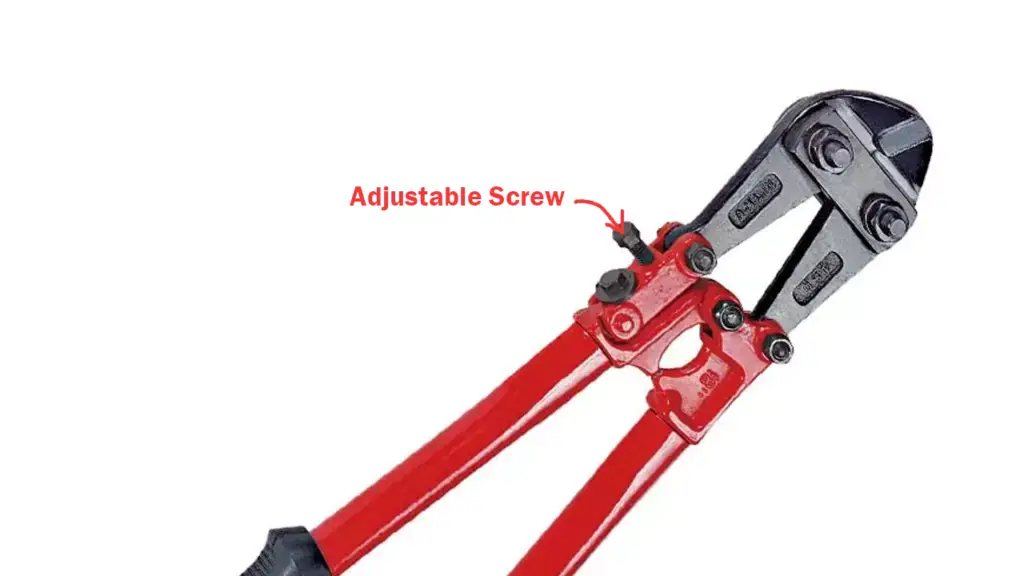Bolt cutters are versatile cutting tools that can quickly and easily break through tougher materials, such as metal bolts, pipes, and chains. They work by using two powerful jaws to grip the object being cut, then applying immense force to snap it in two. It makes bolt cutters an essential tool for emergencies where you need to gain access quickly or for any situation where you need to cut through certain tough materials.
#1 Select the Appropriate Bolt Cutter

When choosing a bolt cutter, it is important to consider the intended use. There are different types of cutting blades for bolt cutters, including angle cut, center cut, shear cut, and clipper cut blades. Each type of blade is designed for specific uses; therefore, it is crucial to select the right one based on the material that needs to be Cut.
In addition to selecting The correct blade, it’s also important To choose a Bolt Cutter Of an appropriate size. Bolt cutters are usually available in different length sizes. The size is measured from the tip of the jaw to the end of the handle. If a bolt cutter is too small, it will not have enough leverage to cut through tougher materials.
#2 Adjust the Cutters

After selecting the appropriate bolt cutter, it is now time to adjust the cutters. To adjust the cutters, follow the steps below.
STEP 1: To adjust the cutters, start by loosening the respective bolts on each side of the cutter.
STEP 2: Next, turn one of the bolts clockwise to cause the cutting edges at the tip to move closer together. Conversely, turning the bolt counterclockwise will cause them to move further apart. Always keep an eye on your blades as you make these adjustments.
STEP 3: Ultimately, you’ll want to achieve a balance between having too much blade exposure and not enough; too little exposure will result in duller blades, while too much-exposed metal can lead to dangerous situations where The blades may slip out of place or break entirely.
#3 Position the Cutter

When using bolt cutters, the blades’ positioning will depend on the type of cutter and the material being cut. For an angle cut, the head is angled for easier insertion. The most common angles are 25 to 35 degrees. A centre cut has its blades from opposite faces meeting in the middle, creating a more even cutting surface often used with harder materials.
A shear cut has its blades inverted in relation to each other (similar to regular scissors). Shear cuts work well with thinner sheets. Finally, a clipper cut has its blade flush against one face of the cutter – this can be helpful when cutting against a flat surface.
#4 Apply Pressure And Cut

Now that the bolt cutter is in position, it’s time to cut. For best results, grip the handles tightly and evenly with both hands close to the pivot point. Straighten your arms and apply pressure until the blades go through the cutting material.
Conclusion
Bolt cutters are used to cut through tougher materials. When choosing a bolt cutter, it is important to consider its intended use and select the appropriate blade type. It is also important To choose a Bolt Cutter Of an appropriate size; too small and it will not have enough leverage, while too large can make maneuvering difficult.
To use them, you need to adjust the cutter’s jaws depending on the thickness of the object you’re trying to cut. Then, apply equal pressure with both hands close to the pivot point of the cutter. With practice, using a bolt cutter correctly will become easier.



